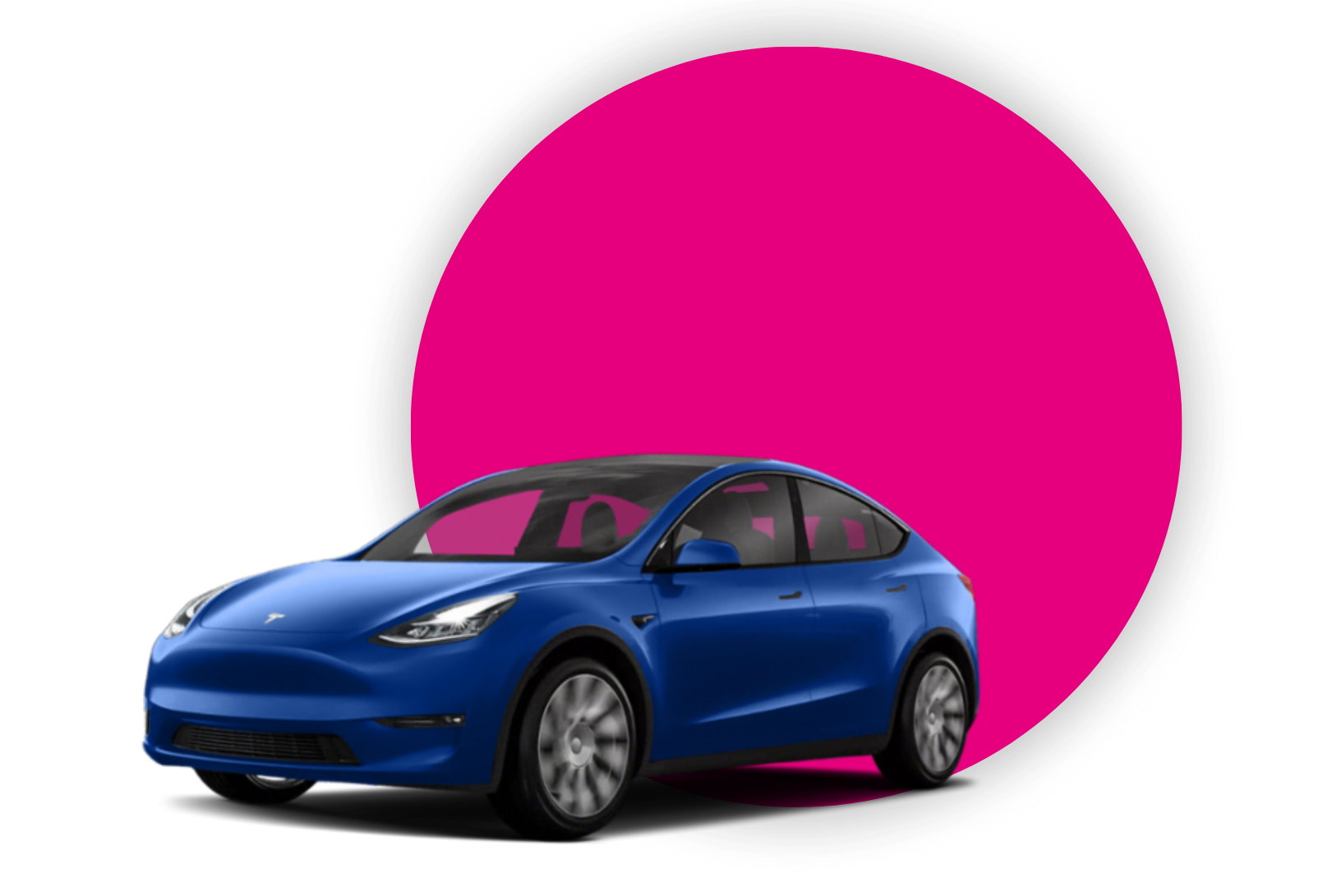EV Terminology

Whether you are familiar with EVs and Hybrids, or totally new to these vehicles, we know that there is a lot of terminology and many acronyms that surround these vehicles, and it can all be a bit confusing. We have put together a list of the most commonly used ones below, along with handy explanations of the terms you may encounter around these cars.
EV Dictionary
AFV | Alternative Fuel Vehicle: This is any car that runs on any power other than petrol or diesel. This could be electric, liquid petroleum gas, hybrid, or even hydrogen. |
BEV | Battery Electric Vehicle: This is any vehicle which is powered by a battery and an electric motor, if it also has an engine, then it is known as a hybrid (see EV and Hybrid below). |
CAZ | Clean Air Zone: areas where restrictions are in place for the most polluting vehicles (see also ULEZ below) |
CCS | Combined Charging System: A vehicle charging system that combines different types of connectors, the standard Type 2 connector with two DC pins. |
E-REV (often called a REEV) | Extended Range Electric Vehicle: These are Electric Vehicles which also have a petrol- or diesel-powered generator on board which charges the battery, for greater range. |
EV | Electric Vehicle: also known as a BEV, this is a vehicle that is powered by a battery and an electric motor. |
FCEV | Fuel Cell Electric Vehicle: These are EVs, which use hydrogen fuel cells to generate electricity. |
Home Charging | To plug your EV or Hybrid vehicle into a charger while it is parked at your house. |
Hybrid | Hybrid vehicles are also commonly known as Plug In Hybrid Electric Vehicles. These care vehicles with are powered by a battery powered electric motor which can be charged by a plug as well as an internal combustion (petrol or diesel) engine. |
ICE | Internal Combustion Engine: This means a conventional petrol or diesel engine. |
Kilowatt | This is a measurement of energy and can be used to describe the power of an electric motor or charging speed. |
Kilowatt Hour kWh | This is a how charging speeds are measured; it means the amount of energy transferred in an hour. |
Mild Hybrid | These are hybrids where the electric motor only assists the petrol or diesel engine, they cannot move on the electric motor alone. |
OZEV | Office for Zero Emission Vehicles: This is part of the Department for Transport, and it deals with the UK’s move to electric vehicles. |
RFID Card | Radio frequency Identification Cards: These are a type of card that is used to pay for some public chargers when you are out and about. |
Single Phase Power | This means the electricity that comes from a standard UK 3-pin power socket, like the ones on your electrical devices at home. |
Smart Charging / Smart Charger | Unlike a standard EV charger, a smart charger can regulate when and how your car is charged, either to use cheaper electricity tariffs, or to fit in with your schedule. |
Three Phase Power | This is the power supply found at commercial or industrial sites, and it allows for faster charging. |
ULEV | Ultra Low Emission Vehicle: This any vehicle that produces less than 75g of CO2 per Km driven and is often used to describe hybrid vehicles. |
ULEZ | Ultra-Low Emission Zone: like a CAZ (see above) these are restricted areas where EVs can normally drive for free, but where polluting cars face a charge. |
V2G | Vehicle to Grid: This is when an EV can be used to feed its electricity back into the national grid, normally via a special home charger. |
WLTP | World Harmonised Light Vehicle Test Procedure: This is the way that manufacturers must measure a vehicles performance, either fuel consumption, emissions, or range. |
